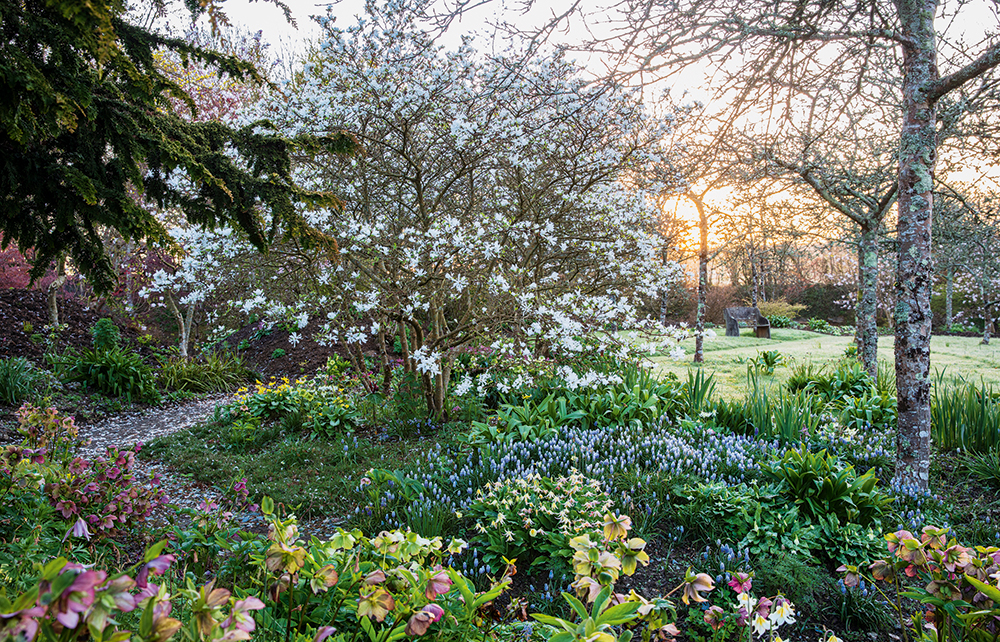Do you ever think about the ground beneath your feet? I do. Having read a number of popular science books on this most precious of natural resources, I am now obsessed. So much has recently been discovered about the invaluable symbiotic relationships that form between microbes, fungi and plant roots in the soil that it feels perverse to turn one’s head away.
Lately, the book that has most influenced my thinking (perhaps because it is a rattling read) is Soil: The Incredible Story of What Keeps the Earth, and Us, Healthy by Matthew Evans (Murdoch Books, £14.99). It’s the work of a no-nonsense Australian farmer and former restaurant critic who has bothered to read the latest research. And what he writes should astonish every gardener. Did you know that there are more living things in a teaspoon of healthy soil than there are humans on Earth? And that life, especially the mix of bacteria, mites and fungi – together with the macroscopic arthropods and earthworms – is what retains carbon in the soil and enables the uptake of nutrients and water into plant cells through their roots, in exchange for sugars made by plants from carbon dioxide, water and sunlight. Soil can even cause rain to fall, our mood to lighten and our gut microbiome to function better. There is scarcely a limit to soil’s capabilities or its importance. As a species, we are stuffed without plants and, generally speaking, without soil, plants are stuffed.
There are more living things in
a teaspoon of healthy soil than
there are humans on Earth
If you want all this translated into practical gardenese, read Charles Dowding’s No Dig: Nurture Your Soil to Grow Better Veg with Less Effort (DK, £30). Dowding was, until about ten years ago, a prophet not without honour, except in his own country.







Comments
Join the debate for just £1 a month
Be part of the conversation with other Spectator readers by getting your first three months for £3.
UNLOCK ACCESS Just £1 a monthAlready a subscriber? Log in